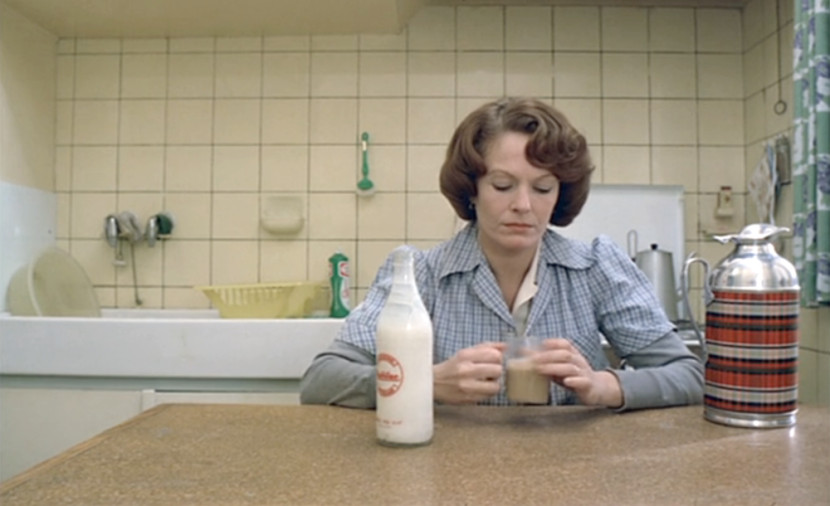
That seems like a pretentious title, and I hope that it does not come off that way. Many mainstream films are delightful classics for the masses. We have golden age works like Casablanca, and game changers like The Godfather. We have film franchises like Star Wars and the Harry Potter series. There are so many films that are adored by many.
This is about picking up the films that are much more challenging. Don’t let their difficult exteriors shoo you away, because there is something at the heart of all of these works. I’m going to stray away from experimental shorts and may introduce those in a new list. For now, here are ten movie masterpieces that are inaccessible to most people (but are worthy of your time).
1. Celine and Julie Go Boating
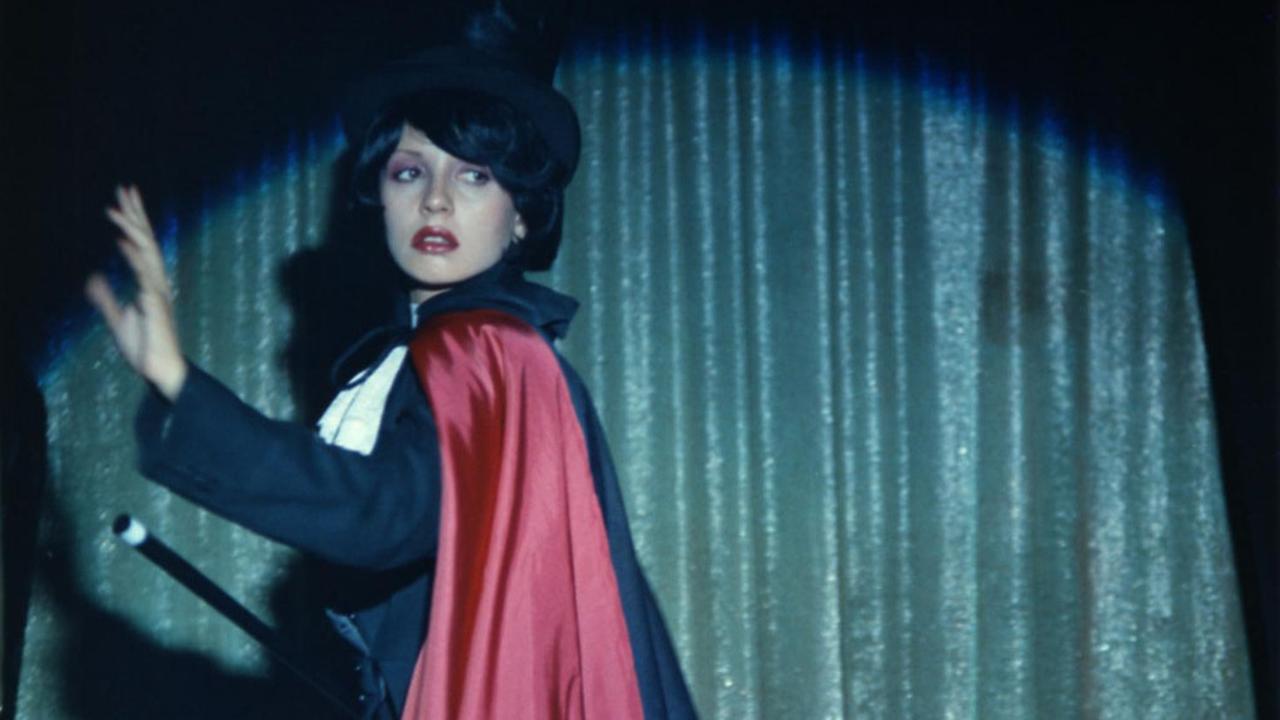
What happens when a magician and a librarian coexist on a metaphysical level? We get the imaginative shattering of storytelling. In Jacques Rivette’s idiosyncratic film Celine and Julie Go Boating, the two leads wish for an adventure.
We get dragged into a bizarre series of events that are almost like encountering a clash of parallel dimensions. The titular characters bounce from being the focus to being a backdrop. A cyclical series of events gets disturbed by Celine and Julie’s constant intrusions.
These are two film characters bored with the basic natures of mainstream cinema, and they wanted to find a new path through the medium. They do things their own way, and their experiment is your gain. You will not know where they go next every single scene.
2. Decasia
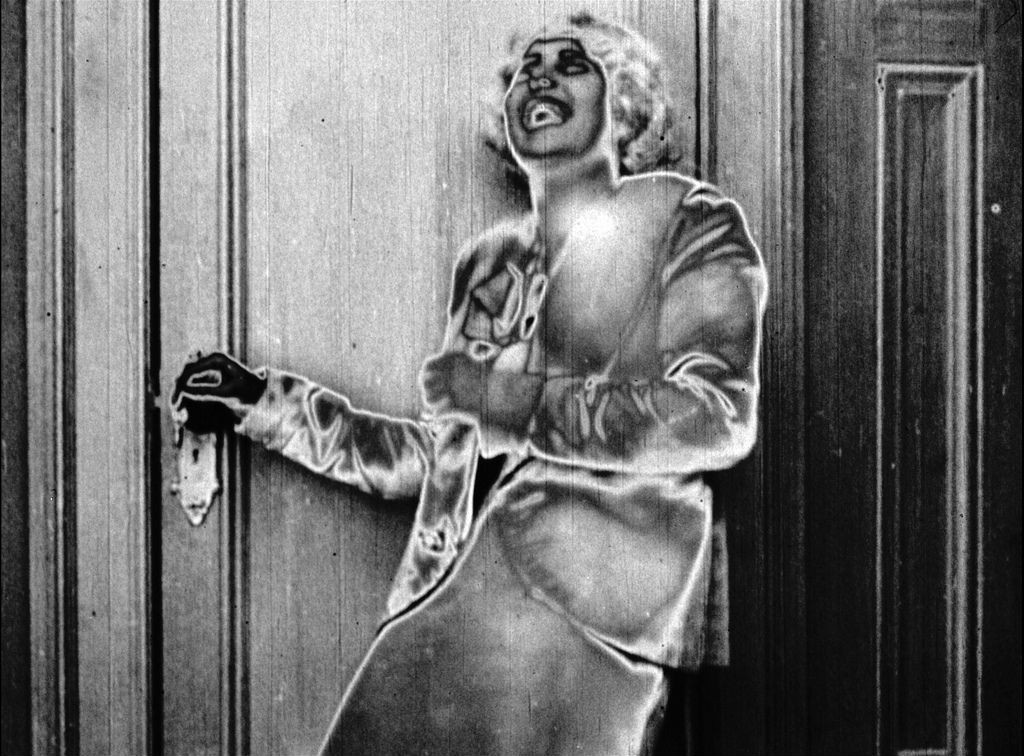
Film preservation is vital for the cinematic medium. For many that only watch films and do not study the medium, the difficulties of taking care of different kinds of films may slip under the radar. Something like Bill Morrison’s Decasia can shed some light on this permanent problem (preservation is essentially the slowing down of decaying processes, because it can never be fully stopped). Appropriated film footage is used to tell a new story, but all of the works featured are considerably damaged (some more than others).
With dysfunctional piano cues and the deterioration being shown, you are witnessing the death of film both physically and as a narrative art form. Decasia is gorgeous devastation, and perhaps a big wake up call to many cinephiles that all films are susceptible to an inevitable death (yes, even digital works, but that’s a story for another day).
3. El Topo
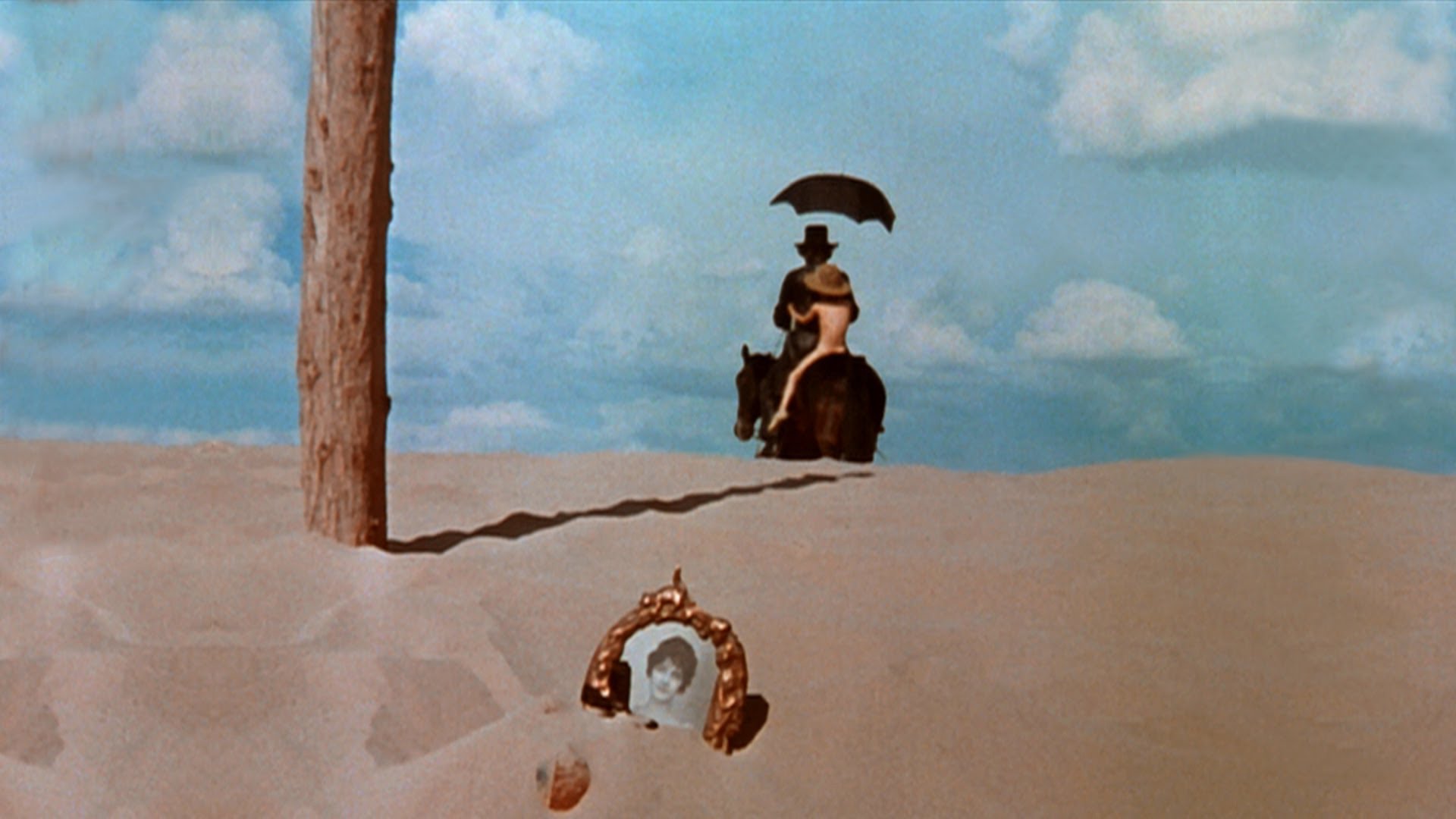
A film by Alejandro Jodorowsky on a film like this? What are the odds? Picking a film of his might be tricky, but I feel like Holy Mountain is featured often enough. El Topo is, somehow, his underrated gem. El Topo takes a spin on the western genre by injecting large doses of acid into the bloodstream of this film. The hallucinogenic result is a lone ranger tale that makes the common gunslinger hero search for worth within himself and not explicitly within a town.
Featuring surreal images and bizarre sequences of events, El Topo is a trek through one’s spirit and their fears that challenge their soul. You may not have all of your questions answered, but El Topo (played by Jodorowsky himself) doesn’t either; a sadistic torture that Jodorowsky imposed upon himself.
4. Gummo
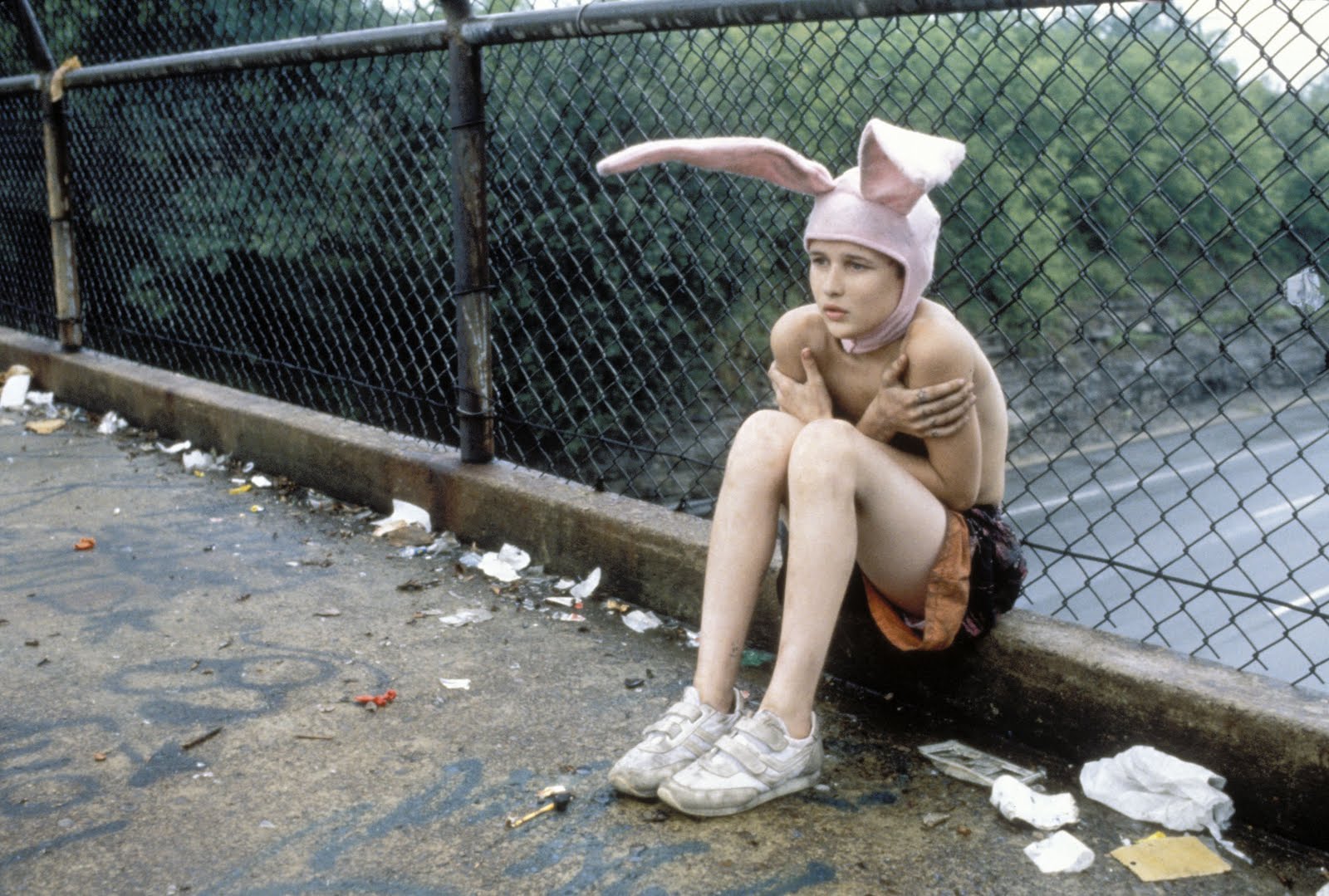
Gummo gets featured often, and I think part of that emphasis comes from the realization of what Harmony Korine was truly trying to go for with his bizarre feature full length film. We don’t get a story as much as we get a perspective. In a town ruined by a tornado, all is shaken up. Every location looks shoddy. Every character is not all their themselves. The lives of these people are in ruins, but they are so far gone that most of them don’t even realize it explicitly anymore.
The destruction of this town leads to the adoration of devastation by a few of these citizens. Korine loves breaking the rules of cinema, especially when his examples are almost blatantly obvious with their intentions (Gummo is essentially a festering crash site of a flick). Films like last year’s Kuso have tried to replicate a similar idea, but Gummo, so far, is the best example of this kind of cinema (in America, anyways).
5. Inauguration of the Pleasure Dome

I know I wanted to stray away from shorts, but I also felt like a list of this nature without featuring Kenneth Anger at all would be a disservice. Plus, a forty minute film for Anger is considerably long. The works of Satanist Aleister Crowley had a large impact on ‘50s and ‘60s pop culture, especially within the underground; music, by artists like David Bowie, Ozzy Osbourne and Led Zeppelin would begin to dabble with Crowley’s imagery and teachings later on in the ‘70s.
Anger went head first into these obsessions by even including Crowley in Inauguration of the Pleasure Dome. The film smashes religious and spiritual figures and images together in a flurry of confusion and even discomfort. This is either an awakening or a depiction of hell. Either way, Inauguration of the Pleasure Dome is a non-narrative juxtaposition of faiths and desires in a deeply unsettling way.